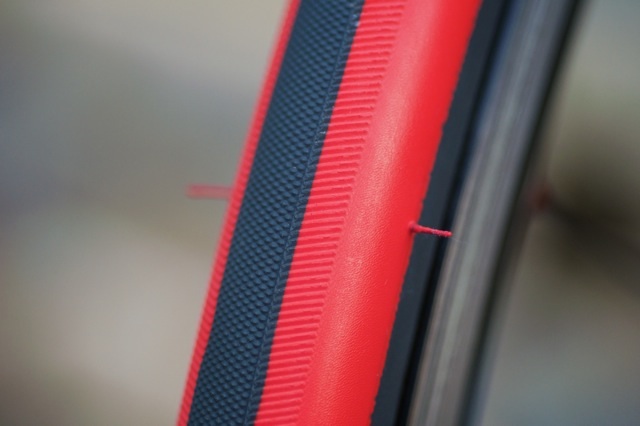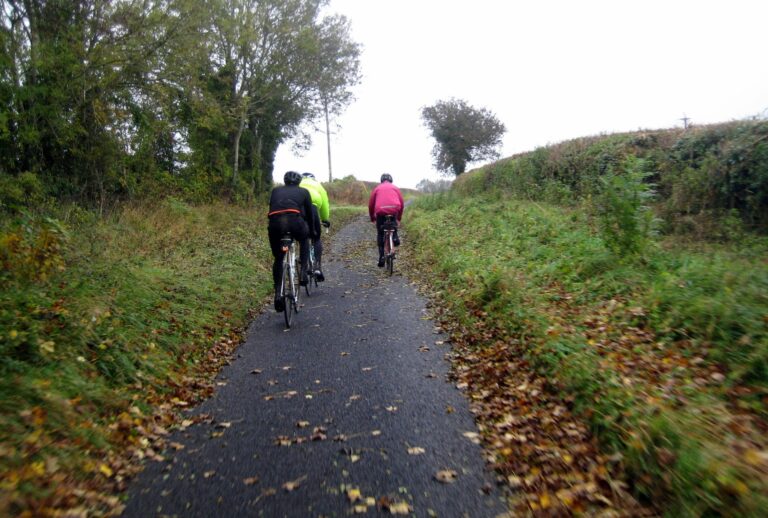So, the miles have rolled by and it is time to look back on the Vredestein Fortezza TriComp tyres.
The Tri Comp is a solid jack of all trades, a tyre that will see you through summer and winter, racing and training. For riders seeking to avoid replacing tyres with changing conditions, it’s an excellent choice. If, however, you’re a rider who matches their rubber to prevailing seasonal conditions, and who at this time of year, seeks increased grip or durability, you’ll have to look elsewhere.

During our tests, they’ve held up well. Billed as an year-round tread, they fitted the bill admirably. Remarkably in our time with them, now heading for 650 miles, we’ve had no punctures. Indeed, we may well try and preserve them for a special ride as some sort of lucky talisman. It is surprising, as these are certainly not billed as a particularly puncture proof. The 23c, 120 tpi casing is lightweight, skinny and covered in a grippy compound that proved adequate to the task.
Adequate? Only because they are not as attracted to the tarmac some of their rivals. The Schwalbe Ultremo (our tyre of choice) has a jolly similar thread count (127 tpi), and therefore a similarly supple feel, but more grip from its triple compound rubber. The downside of that grip is a faster wear rate, and that is where the TriComp’s have done so well: our red rubber hoops clearly have plenty of life left.
Our first impressions about the TriComps’ pressure range proved accurate: reductions from the incredibly high 168psi claimed by Vredestein as a maximum for the TriComp increased grip accordingly. Naturally, we tried them at their maximum pressure (having checked it on our new rather nifty digital SKS pressure gauge – more of which to come in subsequent posts), and would reserve such pressures only for dry, smooth and beautifully surfaced tarmac: qualities in short supply on Britain’s ‘B’ roads. They were most effective at their highest pressure on a local tarmac velodrome, where they felt fantastic and offered the phenomenally low drag you would expect from such pressures.

At a more typical front and rear 100/110psi, and later at a reduced 90/100psi balance more suited to winter, there is a very good balance between road feedback, suppleness and grip, as well as the aforementioned ability to avoid the collection of sharp fragments of stones.
As an aside, the Voss inner tubes I have been running with the Vredesteins have doubtless contributed to the supple ride quality; perhaps from the avoidance of ‘bonding’ between the tube’s thermoplastic construction in the manner of a conventional rubber tube. This theory is admittedly unscientific, but perhaps has some mileage nonetheless.





